Cosmic Microwave Background (CMB) | ||||
Wilkinson Microwave Anisotropy Probe (WMAP) |  Automatic translation Automatic translation | Updated June 01, 2013 | ||
Probe Wilkinson Microwave Anisotropy Probe (WMAP) was launched June 30, 2001. It is intended to study the anisotropy i.e. the study of the CMB (Cosmic Microwave Background). WMAP was named in tribute to the American astronomer David Wilkinson, member of the team in charge of the satellite, a pioneer in the study of cosmic microwave background, who died Sept. 5, 2002. The purpose of the mission is to map the best possible accuracy with the temperature fluctuations of the cosmic microwave thermal radiation and its polarization to allow recovery of the material content of the Universe. The first results of the WMAP probe have been rightly hailed as a breakthrough in understanding the universe because WMAP produced the first complete map of the CMB from that of the COBE satellite in 1992 and it has a resolution significantly better. | This murmur radio captured in the 3K radiation or -270°C, shows the residual fluctuations of our universe and filigree, lumps of matter that gave rise to galaxies. Planck Space Observatory, launched in May 2009 takes over to explain the history of the Universe. Its objective is to observe the cosmic microwave background, the radiation emitted 380,000 years after the birth of the universe, which explains why the current temperature of the Universe is 2.7 K. | 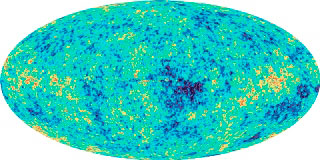 Image: The analysis of the WMAP image of the entire sky suggests that the universe is older than 13.77 billion years (with an accuracy of 1%). It is composed of 73% dark energy, 23% of cold dark matter, and only 4% of atoms. It is currently expanding at a rate of 71 km/s / Mpc (with an accuracy of 5%), it rose by episodes of rapid expansion called inflation and grow forever. Credit: WMAP Science Team, NASA | ||
Planck Space Observatory | ||||
The space observatory Planck ESA captures the cosmic radiation or cosmic microwave background (CMB). | For that it embeds a telescope of 1.5 m in diameter and 2 scientific instruments developed by the LFI and HFI told Italy to France. | 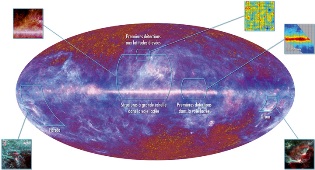 Image: The first results of Planck were unveiled at an international conference held in Paris in January 2011. Image noise in the infrared cosmic background. | ||
"The data available on this site may be used provided that the source is duly acknowledged."



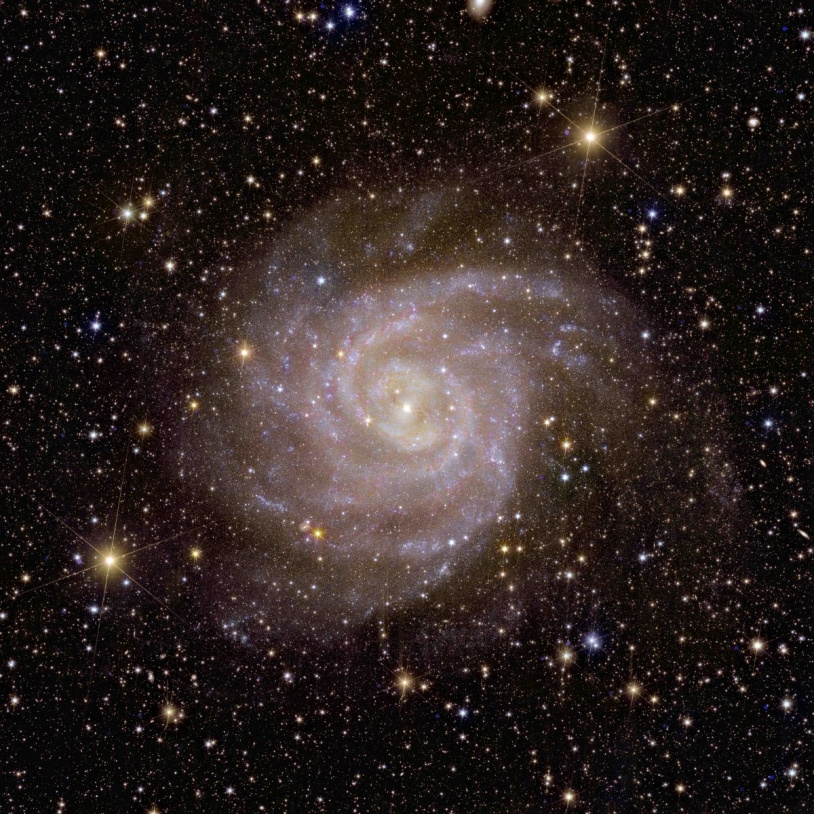 The hidden galaxy, one of Euclid's first images
The hidden galaxy, one of Euclid's first images
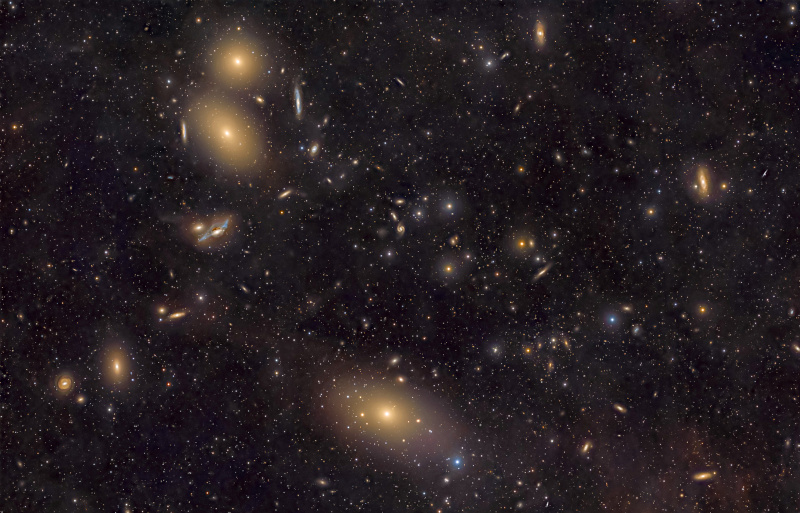 The Virgo Cluster spans approximately three Full Moons
The Virgo Cluster spans approximately three Full Moons
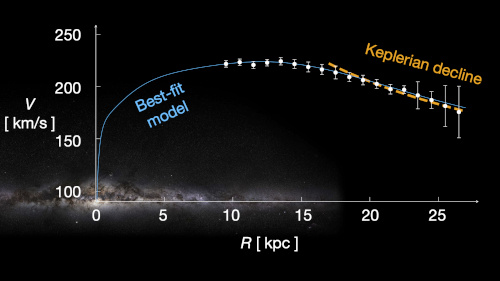 Where did the dark matter in our Galaxy go?
Where did the dark matter in our Galaxy go?
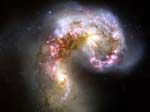 Merging galaxies and black holes
Merging galaxies and black holes
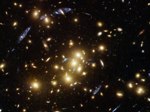 Mirages created by gravitational lenses
Mirages created by gravitational lenses
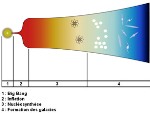 Mystery of the Big Bang, the problem of the horizon
Mystery of the Big Bang, the problem of the horizon
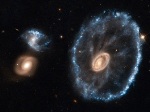 Cartwheel Galaxy Cosmic Event
Cartwheel Galaxy Cosmic Event
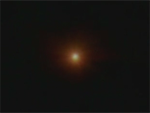 The first second of our history
The first second of our history
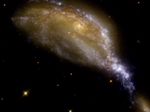 A small galaxy tears apart the large NGC 6745
A small galaxy tears apart the large NGC 6745
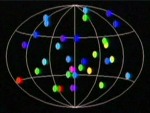 The mystery of gamma bursts
The mystery of gamma bursts
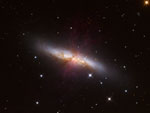 The Cigar Explosion
The Cigar Explosion
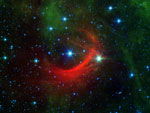 Shockwaves
Shockwaves
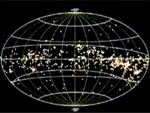 Gould's belt, a stellar fireworks display
Gould's belt, a stellar fireworks display
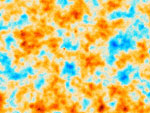 Recombination in cosmology
Recombination in cosmology
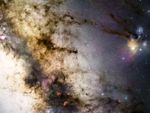 Journey to the center of our galaxy
Journey to the center of our galaxy
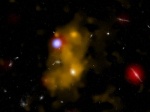 Lyman-alpha bubbles
Lyman-alpha bubbles
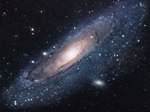 Andromeda in the ultraviolet
Andromeda in the ultraviolet
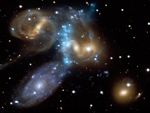 The most beautiful galaxy clusters
The most beautiful galaxy clusters
 Tinkerbell merger of three galaxies
Tinkerbell merger of three galaxies
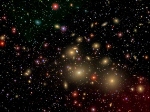 A gigantic black hole
A gigantic black hole
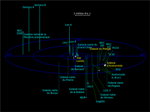 Enigma of coplanar galaxies
Enigma of coplanar galaxies
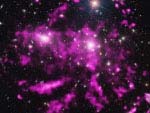 The cluster of galaxies Coma in its soup
The cluster of galaxies Coma in its soup
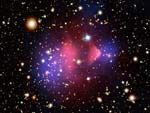 The cannonball, proof of dark matter
The cannonball, proof of dark matter
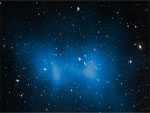 El Gordo galaxy cluster
El Gordo galaxy cluster
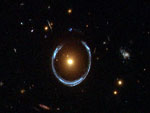 Einstein ring and cross
Einstein ring and cross
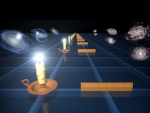 How to measure distances in the Universe?
How to measure distances in the Universe?
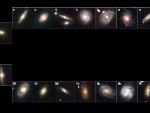 The Hubble sequence and types of galaxies
The Hubble sequence and types of galaxies
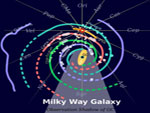 The spiral shape of the galactic arms
The spiral shape of the galactic arms
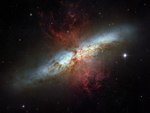 Even more stars, the Cigar galaxy
Even more stars, the Cigar galaxy
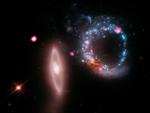 The Universe of X-rays
The Universe of X-rays
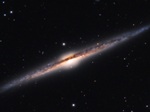 The most beautiful galaxies
The most beautiful galaxies
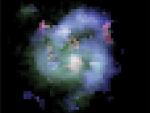 The oldest galaxies in the universe
The oldest galaxies in the universe
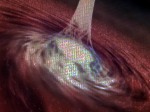 Quasars the nuclei of galaxies
Quasars the nuclei of galaxies
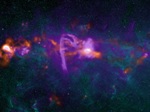 Sagittarius A black hole at the center of our Galaxy
Sagittarius A black hole at the center of our Galaxy
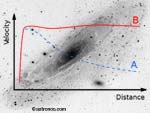 The MOND theory and its contradiction
The MOND theory and its contradiction
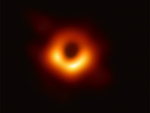 The first image of a black hole
The first image of a black hole
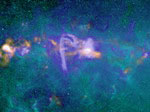 Central area of the Milky Way
Central area of the Milky Way
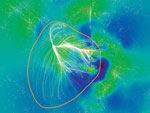 Laniakea, our supercluster of galaxies
Laniakea, our supercluster of galaxies